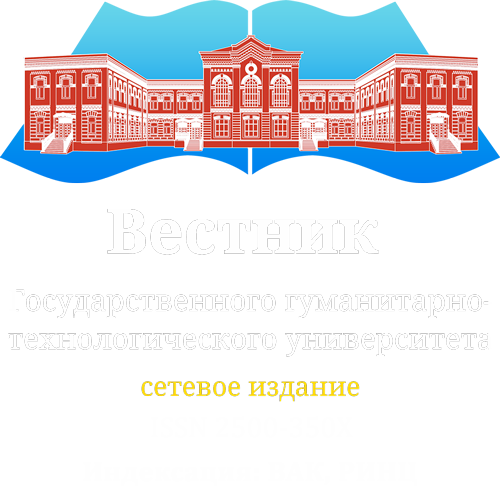С.Н. Роман 💾 ИДЕЙНО-ХУДОЖЕСТВЕННОЕ СВОЕОБРАЗИЕ ЦИКЛА Э.Н. УСПЕНСКОГО О ПРОСТОКВАШИНО Государственный гуманитарно-технологический университет
Аннотация. В статье рассматривается художественная специфика цикла повестей Э.Н. Успенского о Простоквашино. Особое внимание уделяется эволюции сатирических элементов, проникающих в данные повести в девяностые годы XX века. Подчёркивается, что в поздний период творчества художественные элементы, ориентированные на восприятие взрослым читателем, отходят на второй план в связи с отказом автора от сатирической направленности и возвращением к стилю, характерному для произведений детской литературы. Особенности жизни в Простоквашино в статье раскрываются как отображение своеобразия детского восприятия мира и в то же время как художественное развитие русских фольклорных традиций, связанных с представлениями о жизни в раю. Впервые повести о Простоквашино рассматриваются с позиций литературоведческого анализа как целостный художественный цикл. В связи с этим большое значение придаётся переменам, связанным с образом главного героя и его взаимоотношениями с семьёй: если в первой повести дядя Фёдор практически лишён общения с родителями, существует независимо от них, то в поздних произведениях цикла наблюдается семейная гармония, стремление к взаимопомощи, что вызывает постепенную эволюцию абсолютно самостоятельного дошкольника в «обычного» ребёнка, неспособного решить все свои проблемы без родителей. Ключевые слова: детская литература; повесть-сказка; сатира; юмор; идейно-художественное своеобразие; детское восприятие.
SUMMARY
IDEAL AND ARTISTIC CHARACTERISTICS OF THE STORIES’ SERIES BY E.N. USPENSKY ABOUT PROSTOKVASHINO S.N. Roman State University of Humanities and Technology Abstract. The article considers the artistic specificity of the stories’series by E.N. Uspensky about Prostokvashino. Particular attention is paid to the evolution of the satirical elements that penetrate these stories in the nineties of the XX century. It is emphasized that in the late period of creativity, artistic elements focused on the perception of an adult reader fade into the background due to the author's refusal from the satirical orientation and the return to the style characteristic of children's literature. The features of life in Prostokvashino are revealed in the article as a reflection of the originality of children's perception of the world and at the same time as an artistic development of Russian folklore traditions associated with ideas about life in paradise. For the first time, works about Prostokvashino are considered from the standpoint of literary analysis as an integral artistic cycle. In this regard, great importance is attached to the changes associated with the image of the protagonist and his relationship with the family: if in the first story Uncle Fyodor is practically deprived of communication with his parents, he exists independently of them, then in the later works of the cycle there is family harmony, a desire for mutual help, which causes a gradual evolution of an absolutely independent preschooler into an “ordinary” child, unable to solve all his problems without parents. Key words: children's literature; story-tale; satire; humor; ideological and artistic originality; children's perception.
